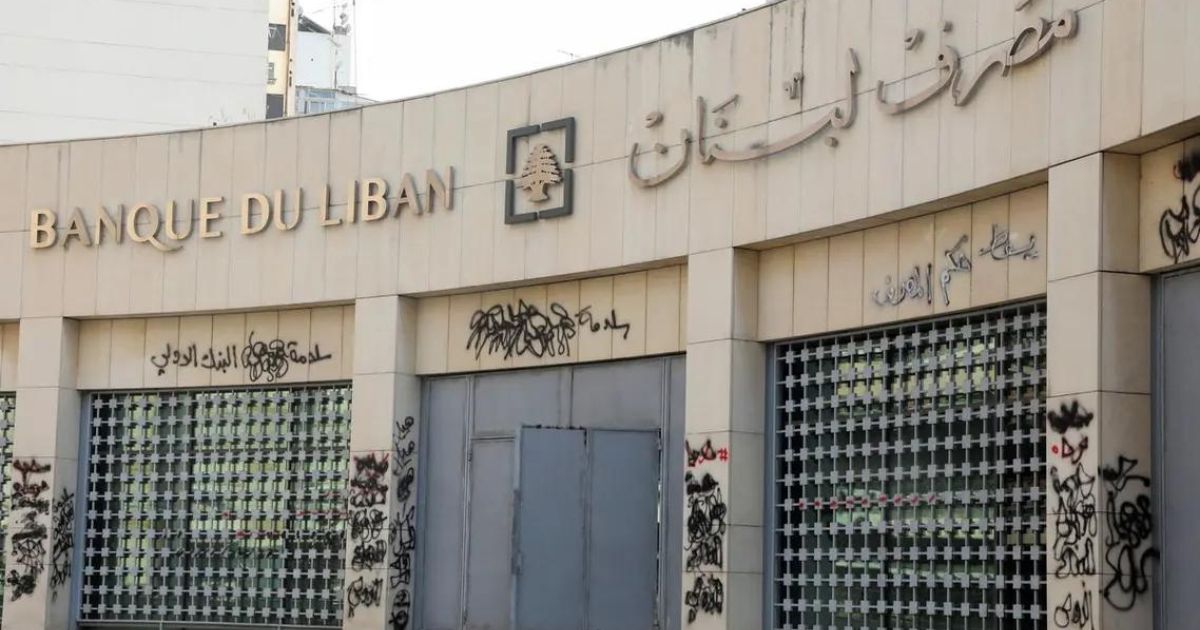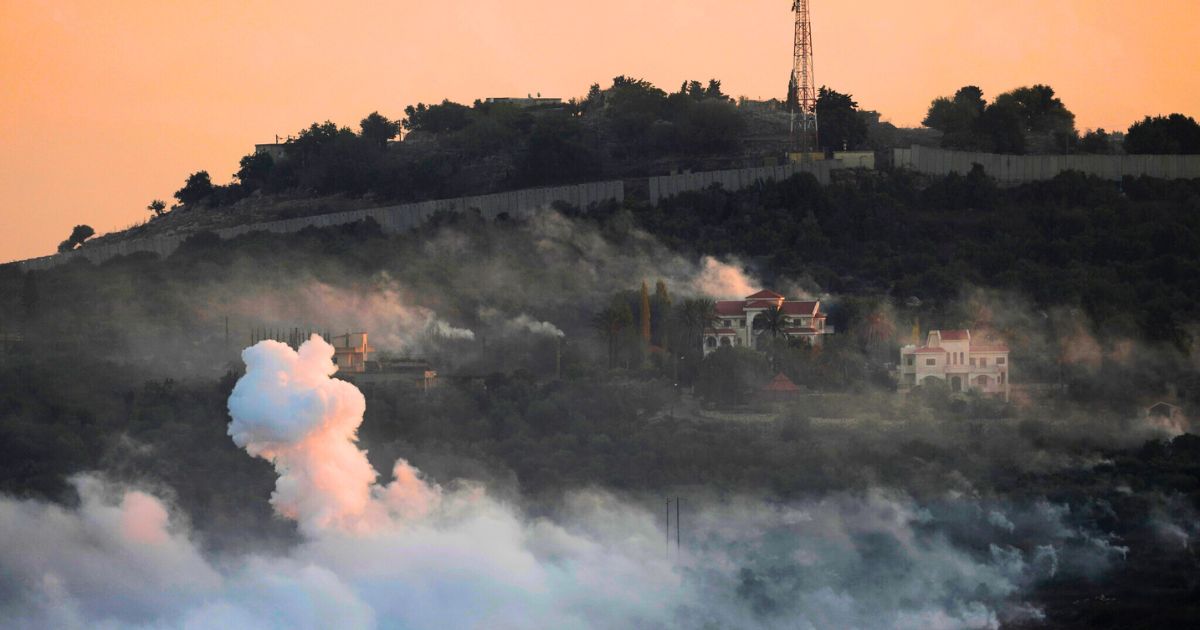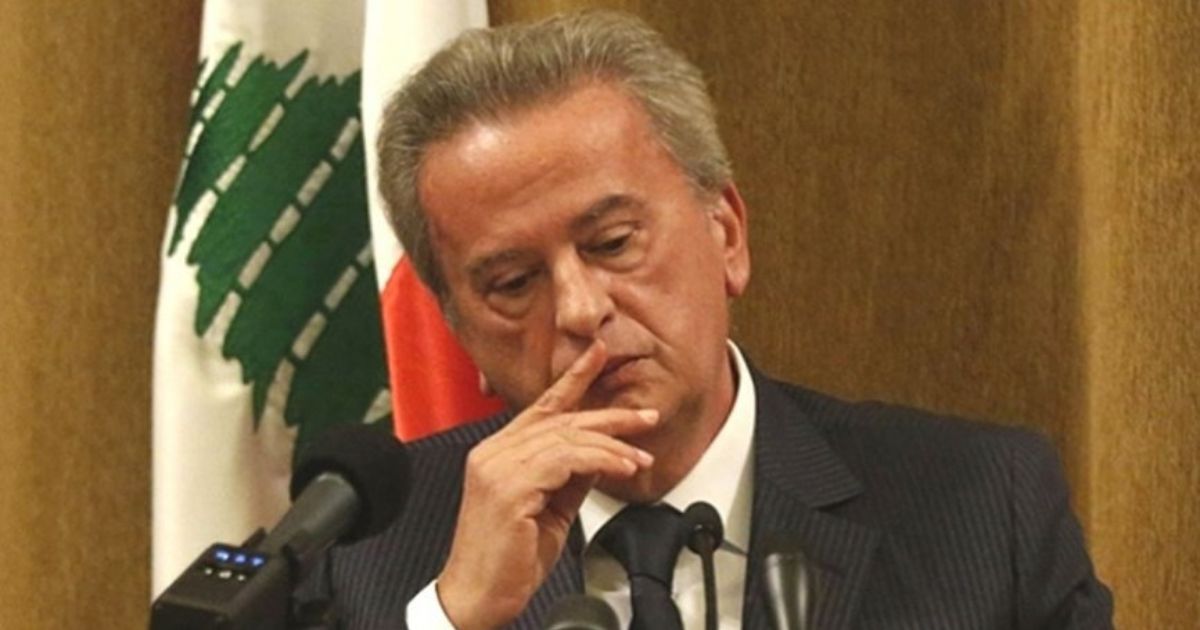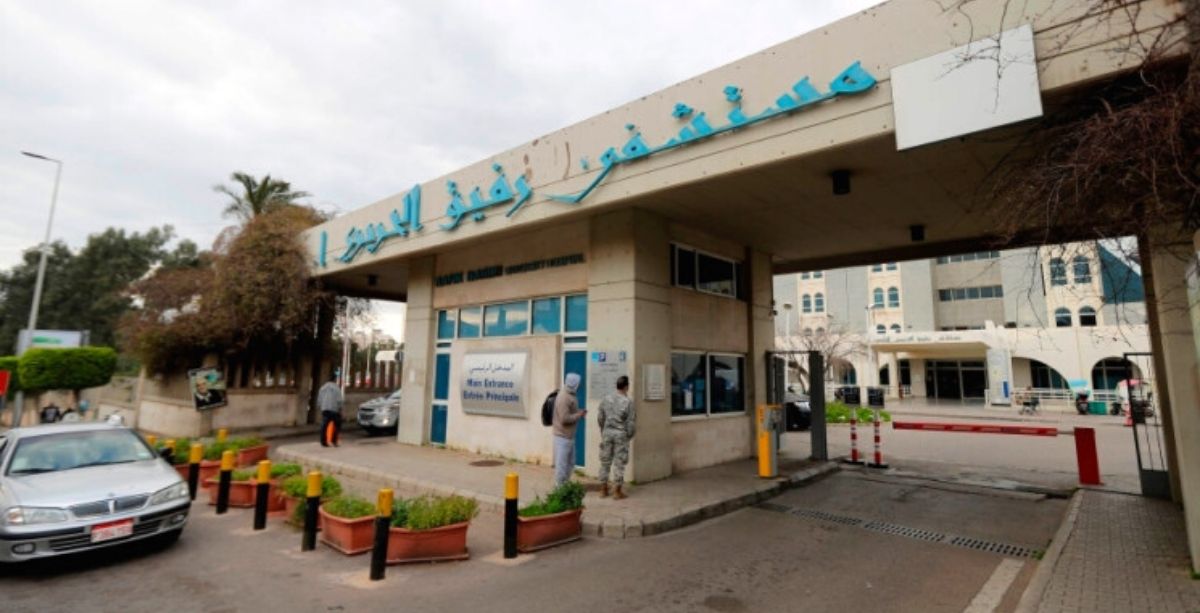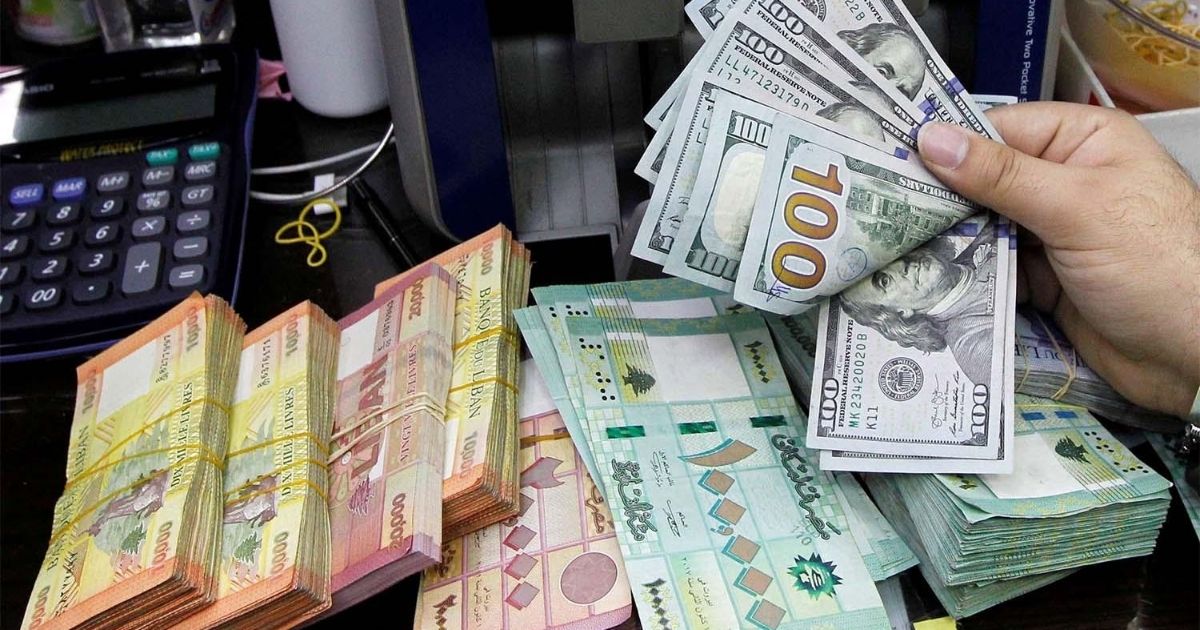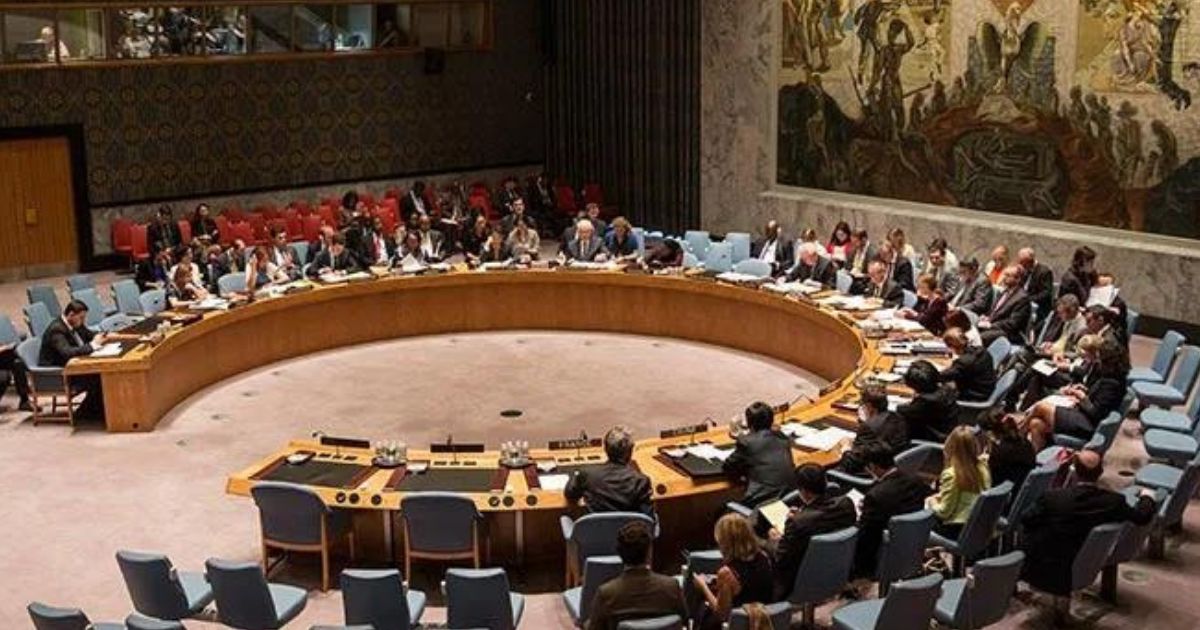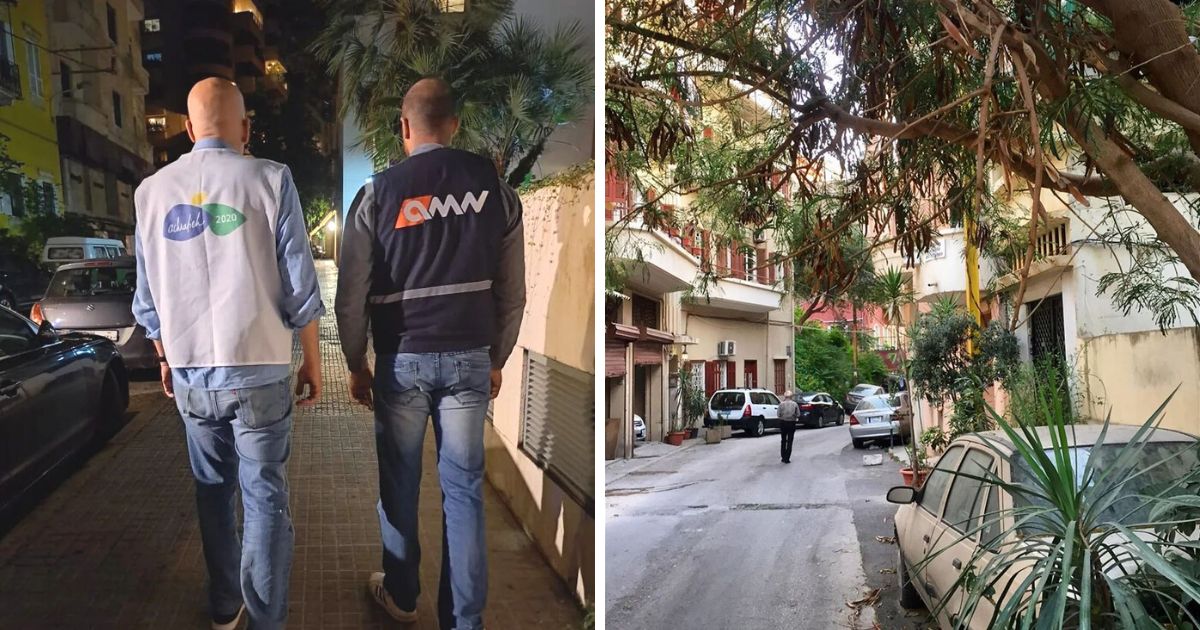The Sayrafa withdrawal limit was fixed at 500 fresh dollars per month but is now reduced to $400. The $400 can be withdrawn from the bank at the Sayrafa rate, which is usually a bit lower than the black-market exchange rate.
The money can then be exchanged to LBP at a more favorable rate.
The term ‘fresh’ dollars means real dollars, deposited in cash or transferred from out of the country to accounts protected by the Central Bank Circular No. 150 of April 2020.
Fresh dollars stand as opposed to bank dollars, also called ‘lollars’.
‘Lollars’ is a currency that is in the banks and that has been blocked by the banking sector since the beginning of the severe economic crisis. The ‘lollars’ cannot be withdrawn by depositors.
It is not yet clear if the change will affect the salary of civil servants and their social aid. What is certain, is that Circular No. 161 will be affected.
Circular No. 161 allows those holding bank accounts to convert a certain amount of their money into fresh dollars.
The Circular acts as an exception to current banking restrictions that make it difficult or impossible for depositors to access their savings in foreign currency. It gives depositors the opportunity to convert their savings at the Central Bank’s Sayrafa rate, which is usually lower than any changes that follow the black-market rate.
The dollars are provided to the banks by the Central Bank directly at the Sayrafa rate and taken from Lebanon’s foreign reserves. The foreign reserves are, for the first time, below $10 billion.
Circular No. 161 was instated in December 2021 amidst the economic crisis.
Related: World Bank Accuses Lebanese Politicians Of Cruelty Over Deposit Promises
